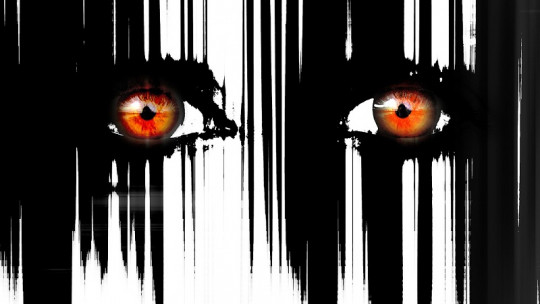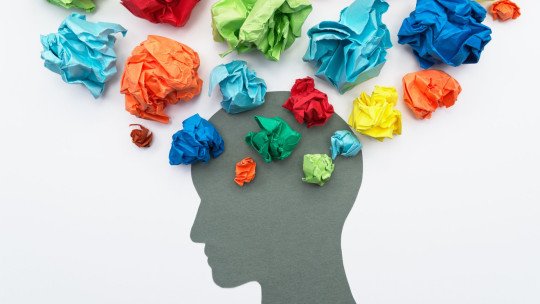
It’s a very common mistake classify emotions as negative emotions or positive emotions
We usually associate anger or sadness with negative moods, unlike happiness or love. However, psychologists do not like to differentiate them as positive/negative but rather as functional or dysfunctional. Why’s that?
Another way to understand emotions
A “positive” emotion may not be so positive for certain situations or contexts Imagine that a person is being mistreated by their partner. What sense would it have in that case to feel love? Would it be something positive? I think the answer is clear, no.
That is why in the field of psychology we like to talk about the functionality of emotions. A functional emotion is about an emotion that is adaptive in that context If I have lost a loved one, the functional thing would be to feel sadness.
However, a dysfunctional emotion does not adapt to the specific situation of the context nor does it adjust to reality. If I feel an intense fear of food for fear of gaining weight, it is not functional.
Therefore, we can say that depending on the situation, the same emotion can become functional or dysfunctional. Let’s give examples with basic emotions.
1. Dysfunctional fear
A dysfunctional fear would make us experience fear in situations that do not pose any threat Someone with claustrophobia experiences excruciating fear simply by being in an elevator. Here we would be talking about a phobia, but dysfunctional fear is not only experienced in mental disorders. If you have suffered a lot for love and do not want to meet anyone else for fear of rejection, we would be facing a dysfunctional fear that prevents you from engaging in healthy relationships in loving relationships.

2. Functional fear
Imagine you see an aggressive dog running towards you. The functional thing would be to run and protect ourselves from the animal.
3. Dysfunctional sadness
We encounter this type of sadness when it is prolonged over time and completely paralyzes people. Life surprises us with hard blows and it is inevitable to feel sadness. But Human beings have a great capacity for adaptation and lasting sadness would not favor said adaptation
4. Functional sadness
We associate being sad as something bad, right? Well then, functional sadness is a basic emotion that favors mental health Let’s give an example: after losing a loved one, once a possible initial shock has passed, feeling sadness is not only functional, but necessary. It is a wound that we must heal, heal with tears and suffering. It would be dysfunctional not to stop going out and drinking to escape the pain and not face that sadness.
5. Dysfunctional rage
Anger in excess and misdirected can do us a lot of harm When someone hurts us, it is completely valid to feel anger towards that person. But when it is dysfunctional it prevents us from moving forward, stagnates us and blocks us. Also, that rage that leads to uncontrolled physical violence is most of the time (unless someone is attacking us) dysfunctional rage.
6. Functional anger
Well-directed rage is an emotion with great power that mobilizes us and fills us with energy Let’s take an example: a professional tennis player loses a point and believes that the judge has behaved unfairly. A functional rage would invite him to gather his entire team after the game and try to fight that point / record the injustice. A dysfunctional rage would lead him to break his racket and leave him out of the tournament.
7. Dysfunctional love
A toxic relationship, whether a friendship or a couple, where there are power struggles and even physical or psychological abuse, is a dysfunctional love. If a person insults me or treats me badly, the functional emotion is anger and/or sadness
8. Functional love
Love is a basic emotion and we must feel it daily. But we must learn to love so that it does not hurt us. On the one hand it is an emotion that we are forced to experience if we want to be happy, but on the other hand we have to be cautious and choose well the people we want to love
In the therapeutic process the key is to learn to identify and differentiate between functional and dysfunctional emotions.








